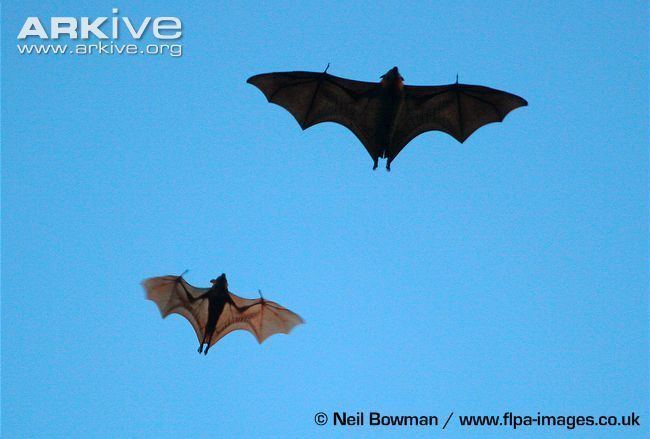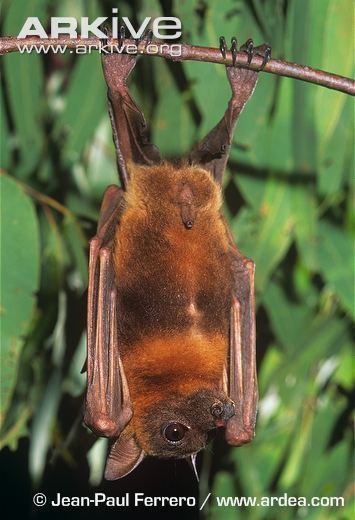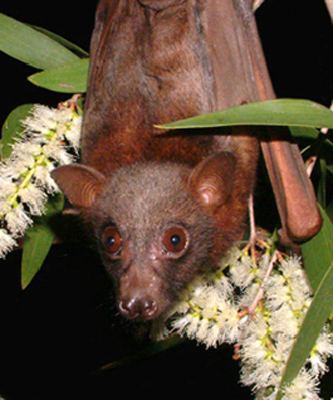Order Chiroptera Higher classification Flying foxes | Phylum Chordata Family Pteropodidae Rank Species | |
 | ||
Similar Flying foxes, Bat, Megabat, Black flying fox, Grey‑headed flying fox | ||
Tolga mass rescue of little red flying foxes off barbed wire
The little red flying fox (Pteropus scapulatus) is a species of megabat native to northern and eastern Australia. With a weight of 300–600 grams (11–21 oz) it is the smallest flying fox in mainland Australia (the others being the black, spectacled and grey-headed flying foxes).
Contents
- Tolga mass rescue of little red flying foxes off barbed wire
- Coco little red flying fox
- Behavior
- Public perception
- Conservation
- References

Coco little red flying fox
Behavior

It has the widest range of all the species, going much further inland than the larger fruit bats. Its diet primarily consists of nectar and pollen of eucalypt blossoms, the pollination of which it is largely responsible. The little red flying fox is nomadic, and can be found in large groups of up to a million individuals. This species gives birth six months later than the other mainland flying fox species, in April and May.

A National Geographic Channel special program ("World's Weirdest: Flying Foxes") documents that the little red flying fox will skim the surface of rivers, then lap the water from their fur; this can put them in danger from being seized by predators such as crocodiles.
Public perception

This species of flying fox hangs in a different way from other mainland species. The larger species tend to hang an arm's length apart; however, the little reds tend to clump together so they may hang in groups of 20 or more animals on an individual branch. So, these animals are associated with significant canopy and branch damage in camps where they reside. They also tend to appear in very large numbers (20,000 or more) and the 'footprint' of a camp can expand rapidly for the several weeks or months they remain at a site. Their large numbers and the damage they cause to a camp site mean they are not very popular animals.

Negative public perception of the species has intensified with the discovery of three recently emerged zoonotic viruses that are potentially fatal to humans: Hendra virus, Australian bat lyssavirus and Menangle virus.
Conservation
The animals are nomadic and difficult to track, as they tend not to live in urban areas. No accurate method in use currently can estimate the population to determine if the species is holding its own or is in decline. The species is very likely to be affected by the same factors that have seen the grey-headed flying fox and spectacled flying fox listed as threatened, that is, the destruction of foraging areas and roosting habitat.
